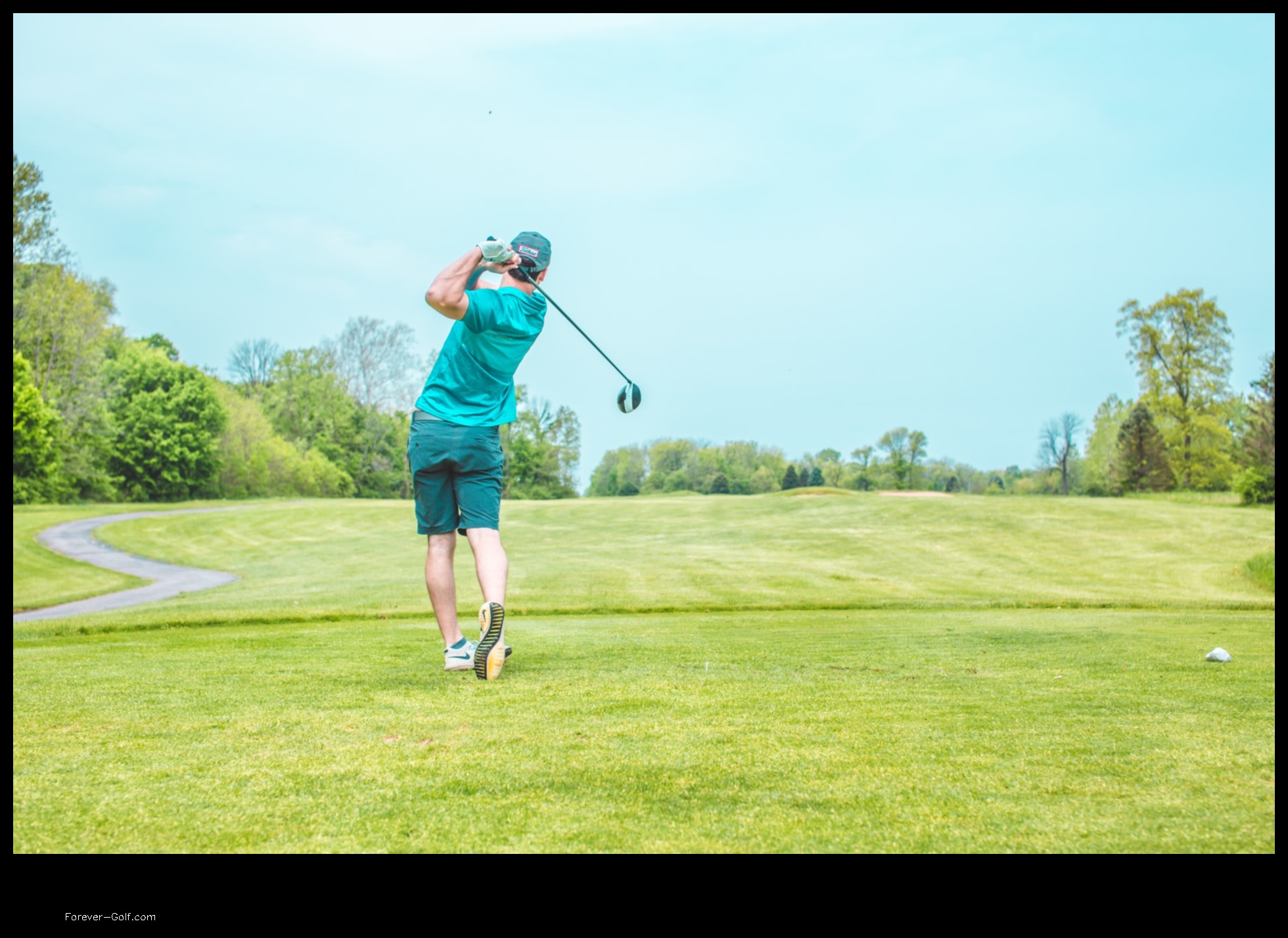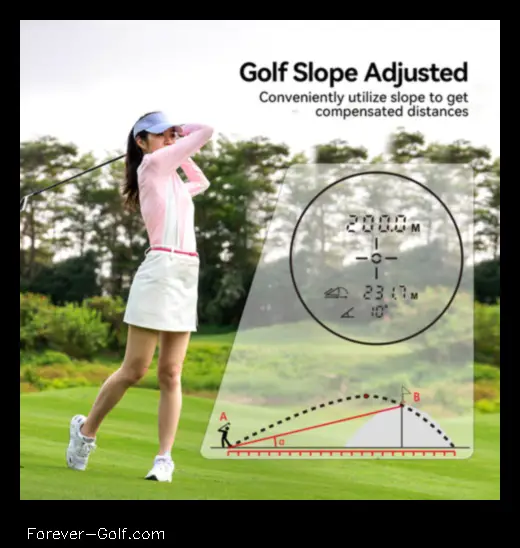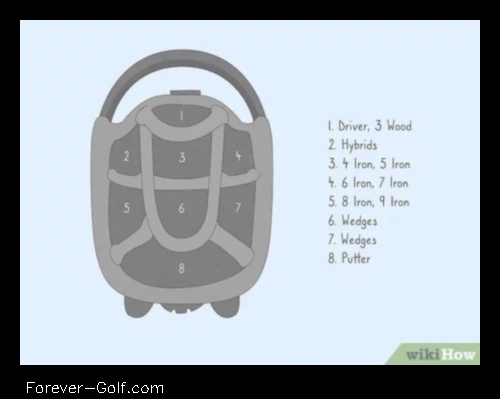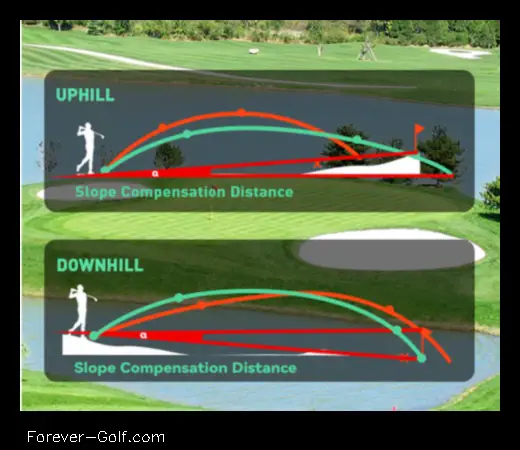
Golf Rangefinders
I. Introduction
II. What is a golf rangefinder?
III. How does a golf rangefinder work?
IV. Benefits of using a golf rangefinder
V. Types of golf rangefinders
VI. How to choose a golf rangefinder
VII. How to use a golf rangefinder
VIII. FAQ
IX. Conclusion
X. Resources
| Feature | Description |
|---|---|
| Laser | Emits a beam of light that is reflected off of the target and back to the rangefinder. The rangefinder then calculates the distance to the target based on the time it takes for the light to travel to and from the target. |
| Slope Compensation | Adjusts the distance reading for the effect of slope. This is important for golfers who play on courses with significant elevation changes. |
| Pinseeker | Allows the rangefinder to lock onto the flagstick and provide a more accurate distance reading. |
| Magnification | Provides a magnified view of the target, making it easier to see the flagstick and other objects on the course. |
| Waterproof | Protects the rangefinder from water damage, making it ideal for use in wet weather conditions. |

II. What is a golf rangefinder?
A golf rangefinder is a device that measures the distance between the golfer and the target, typically the flagstick on the green. Rangefinders use a variety of technologies to measure distance, including laser, GPS, and ultrasonic.
Laser rangefinders are the most accurate type of rangefinder, and they are typically used by professional golfers. GPS rangefinders are less accurate than laser rangefinders, but they are more convenient to use, as they do not require line-of-sight to the target. Ultrasonic rangefinders are the least accurate type of rangefinder, but they are also the most affordable.
Rangefinders can be a valuable tool for golfers of all skill levels, as they can help you make more informed club selection and hit more greens in regulation.
III. How does a golf rangefinder work?
A golf rangefinder uses a laser beam to measure the distance between the rangefinder and the target. The laser beam is emitted from the rangefinder and reflected off of the target. The rangefinder then measures the time it takes for the laser beam to travel to the target and back. This information is used to calculate the distance to the target.
Golf rangefinders are typically accurate to within a few yards. However, the accuracy of a rangefinder can be affected by a number of factors, including the weather conditions and the type of target being measured.
Rangefinders are a valuable tool for golfers of all skill levels. They can be used to improve your accuracy and consistency on the course, and they can also help you make more informed club selection.

IV. Benefits of using a golf rangefinder
There are many benefits to using a golf rangefinder, including:
- Improved accuracy and consistency
- More greens in regulation
- Better course management
- Increased confidence
By knowing the exact distance to the green, you can make more informed club selection and hit more greens in regulation. This will lead to lower scores and more enjoyment on the course.
Rangefinders can also be used to help you read the green and choose the best line of play. This will help you avoid bunkers, water hazards, and other obstacles, and make it more likely that you’ll make par or better.
Finally, using a rangefinder can give you a boost of confidence on the course. Knowing that you have the information you need to make the right decisions can help you relax and play your best.
V. Types of golf rangefinders
There are a variety of different types of golf rangefinders available on the market, each with its own unique features and benefits. Some of the most common types of rangefinders include:
- Laser rangefinders
- GPS rangefinders
- Hybrid rangefinders
Laser rangefinders are the most popular type of rangefinder, and they work by emitting a laser beam that bounces off of the target and returns to the rangefinder. The rangefinder then calculates the distance to the target based on the time it takes for the laser beam to travel to and from the target.
GPS rangefinders use a global positioning system (GPS) to determine the distance to the target. GPS rangefinders are more accurate than laser rangefinders at long distances, but they can be more expensive and they may not work as well in areas with poor GPS reception.
Hybrid rangefinders combine the features of laser rangefinders and GPS rangefinders. Hybrid rangefinders are typically more expensive than laser rangefinders or GPS rangefinders, but they offer the best of both worlds in terms of accuracy and ease of use.
VI. How to choose a golf rangefinder
When choosing a golf rangefinder, there are a few factors you should consider:
- Budget: Rangefinders can range in price from a few hundred dollars to several thousand dollars. It’s important to set a budget before you start shopping so you can narrow down your options.
- Features: Some rangefinders offer more features than others, such as slope compensation, flag lock, and multiple measurement modes. Decide what features are important to you and make sure the rangefinder you choose has them.
- Accuracy: The accuracy of a rangefinder is measured in yards. The more accurate the rangefinder, the better.
- Ease of use: A rangefinder should be easy to use, even if you’re not very tech-savvy. Look for a rangefinder with a simple user interface and a clear display.
Once you’ve considered these factors, you can start shopping for a golf rangefinder. There are many great rangefinders on the market, so you’re sure to find one that fits your needs and budget.
VII. How to use a golf rangefinderTo use a golf rangefinder, follow these steps:
- Turn on the rangefinder and allow it to warm up for a few seconds.
- Point the rangefinder at the target (e.g., the flagstick).
- Press the trigger to measure the distance to the target.
- The rangefinder will display the distance to the target in yards or meters.
Here are some tips for using a golf rangefinder effectively:
- Hold the rangefinder steady and level when taking a measurement.
- Avoid pointing the rangefinder at the sun or other bright objects.
- Use the rangefinder to supplement your yardage book, not to replace it.
FAQ
Q: What is the difference between a laser rangefinder and a GPS rangefinder?
A: A laser rangefinder uses a laser beam to measure the distance to an object, while a GPS rangefinder uses satellites to determine your location and the distance to the object. Laser rangefinders are more accurate than GPS rangefinders, but they can be more expensive.
Q: What are the benefits of using a golf rangefinder?
A: Golf rangefinders can help you improve your accuracy and consistency on the course by providing you with the exact distance to the green. They can also help you read the green and choose the best line of play.
Q: What are the different types of golf rangefinders?
There are two main types of golf rangefinders: handheld rangefinders and cart-mounted rangefinders. Handheld rangefinders are typically smaller and more portable, while cart-mounted rangefinders are larger and more powerful.
Q: How do I choose a golf rangefinder?
When choosing a golf rangefinder, you should consider your budget, the features that are important to you, and your skill level.
Q: How do I use a golf rangefinder?
To use a golf rangefinder, you simply need to point it at the target and press the button. The rangefinder will then display the distance to the target.
Q: What are some common problems with golf rangefinders?
Some common problems with golf rangefinders include inaccurate measurements, interference from other devices, and battery life issues.
Q: What are the best golf rangefinders on the market?
There are many great golf rangefinders on the market, but some of the most popular models include the Bushnell Pro XE, the Garmin Approach Z80, and the Leupold GX-5i3.
Rangefinders are a valuable tool for golfers of all skill levels. They can help you improve your accuracy and consistency on the course, and they can also help you read the green and choose the best line of play. If you’re thinking about adding a rangefinder to your golf bag, there are a few things you should keep in mind. First, consider your budget. Rangefinders can range in price from a few hundred dollars to several thousand dollars. Second, think about the features that are important to you. Some rangefinders offer features such as slope compensation, while others do not. Third, read reviews and compare different models before making a purchase.
With a little research, you can find a rangefinder that fits your needs and helps you improve your golf game.
FAQ
Q: What is the difference between a laser rangefinder and a GPS rangefinder?
A: Laser rangefinders use a laser beam to measure the distance to an object, while GPS rangefinders use satellites to determine your location and the distance to the object. Laser rangefinders are more accurate than GPS rangefinders, but they can be more expensive.
Q: Do I need a slope-compensated rangefinder?
A: A slope-compensated rangefinder takes into account the slope of the ground when calculating the distance to the green. This can be helpful for golfers who play on courses with a lot of elevation changes. However, slope-compensated rangefinders are more expensive than non-slope-compensated rangefinders.
Q: What are the best golf rangefinders on the market?
There are many great golf rangefinders on the market, but some of the most popular models include the Bushnell Pro XE, the Garmin Approach Z80, and the Leupold GX-5i. These rangefinders offer a variety of features, including slope compensation, long range capabilities, and waterproof construction.
- Where Was the First Topgolf in the English Language - April 5, 2024
- Topgolf Back Net Distance How Far Is It - April 5, 2024
- Top Golf Where to Find the Best Golf Experiences Outside of the U.S. - April 5, 2024








